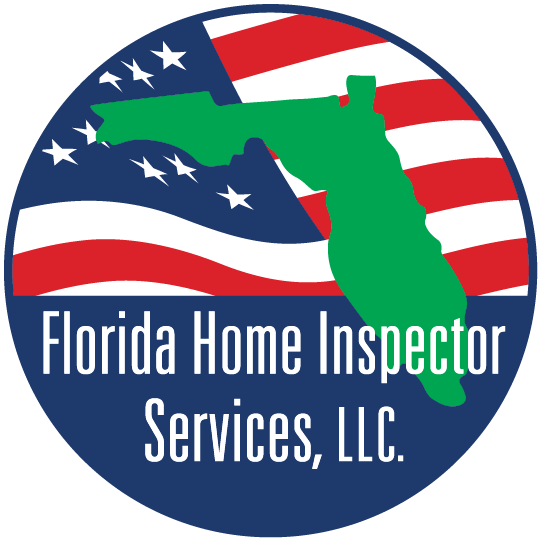-
Wind Mitigation Inspection
Are you looking to reduce the overall cost on your homeowner's insurance? Well wind mitigation compliance is the way to go. When a wind mitigation report is generated and then submitted to your insurance company, it may help you save money because it results in discounts to your policy. Almost all existing homes come with one or more than one construction feature that will help you qualify for windstorm insurance premium discounts.
A complete wind mitigation inspection validates the details of the home's construction and is used legally to apply for discounts on the homeowner's insurance. So, this means the better your house is built, the more discounts you qualify for at the end of every year. The better your home is built and its capacity to withstand any type of wind damage that the weather may cause is a plus in this process.
What does a home wind mitigation Inspection include?
1. The roof coverings: The time and date of installation and if it meets the standard building codes in the area it is located.
2. The roof-deck attachment: The quality and type of roof decking used in the structure and how well it is joined or attached to the remaining structure. As an example: Is it nailed down or stapled, and in the case if nails are used, what is the total length of the nail, and the spacing distance between each nail inserted. It must meet local and state codes.
3. The roof to wall attachment feature: This is the most qualifying factor and where the attachments are located become the main focus. The trusses are checked to see if they are attached with either nails or hurricane clips and if the wraps are only single or are they double.
4. The geometry of the roof: Is the roof either hip, gable, or any other type? The shaping is checked to determine what type. How does roof shapes affect the way the wind flows over the roof that may cause damage. This is a definite point for qualification towards a discount.
5. The gable end bracing: If the mitigation Inspection determines the roof to be a gable roof structure, the ends must be thoroughly checked to make sure they are braced according to legal standards. If the ends are more than 48 inches tall, they must be braced and reinforced according to area standards.
6. Type of wall construction: The inspector will thoroughly review the materials that were used in the construction. What percentage of the framing reinforcements are holding up over time? Better insurance discounts can be obtained when steel-reinforced concrete is used in the building verses only plywood for the walls.
7. Presence of a secondary water barrier: This is usually found in recently built homes mostly after 2008. This is installed as a part of the roof and allows double protection for leaks and directs safe water flow.
8. Opening protection: The inspector looks for shutters and any sort of pre-installed protection devices that are designed to protect the structure from wind-born debris in the windows and doors. These devices are checked to determine the protection rating of them. The home must have 100% of all the openings covered and have a valid protection rating to qualify for an insurance discount.



